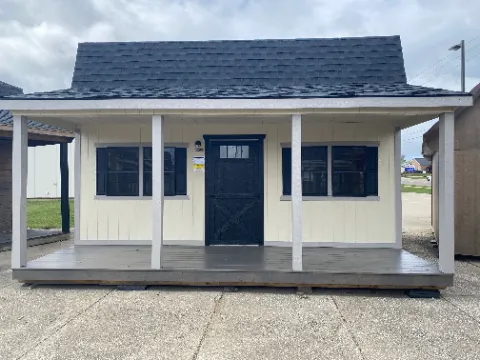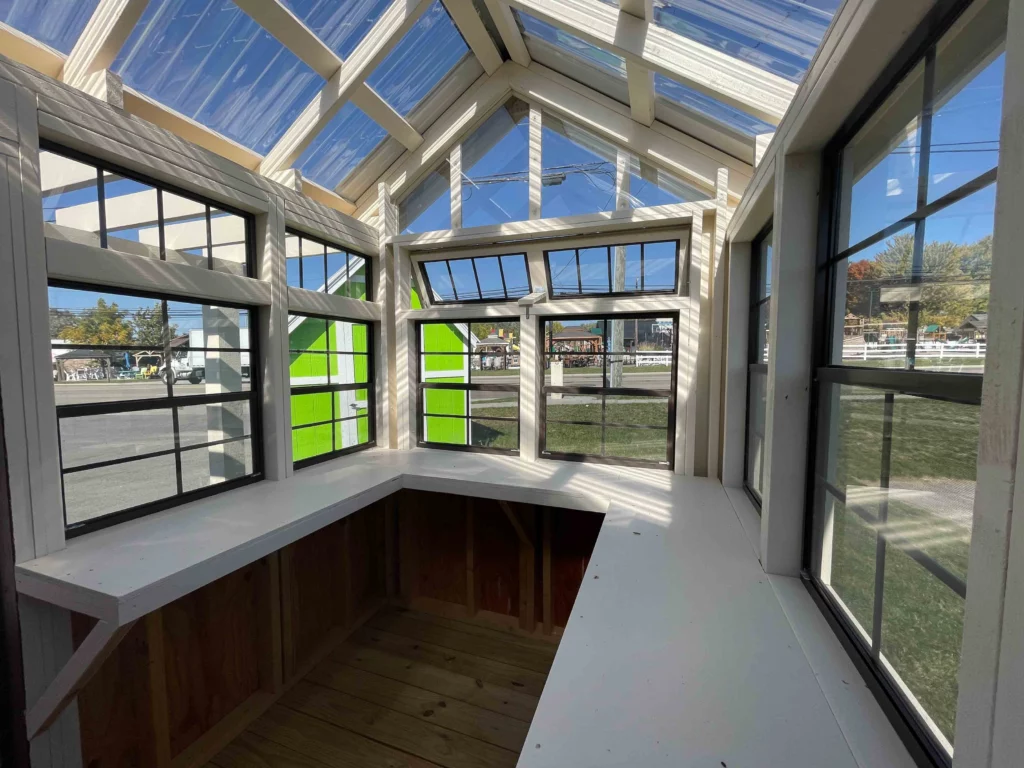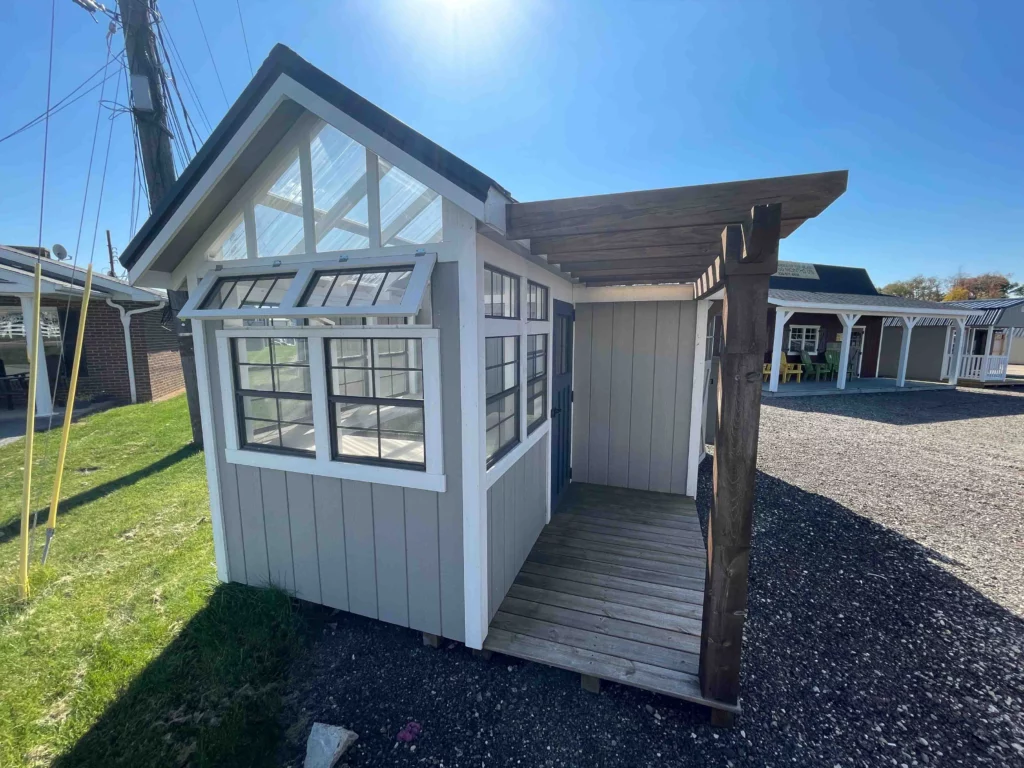What Foundation Is Best For A Shed?
Estimated reading time: 7 minutes
Choosing the right shed foundations is a crucial step for the durability and functionality of your outdoor structure. Understanding how to build a shed foundation is equally important, as it involves considering the terrain, materials, and the necessity of footings to ensure longevity. This guide will help you explore various shed foundation options, providing you select the best foundation based on your needs.
There is one thing that you will have to keep in mind when you are working on having a shed on a gravel shed foundation. That would be the shed foundations that they are placed on. Just like your very own home each building needs a nice foundation to be placed on. Keep in mind that there are several different types of foundations that an be had as well. There are ones that are even frost proof if you live in a very cold reason or have cold weather. Then maybe you may end up wanting to have your very own concrete block foundations as well. Keep in mind there are even some timber framed ones as well.

Types of Gravel Shed Foundations
Selecting the best shed foundations is paramount when laying the groundwork for your shed. Whether you’re aiming for a foundation for shed base that ensures longevity or seeking the ideal solution for your terrain, understanding your options is key.
- Concrete Slab Foundations: A concrete slab foundation, often referred to as a concrete pad, is ideal for permanent shed foundations. It offers a solid foundation that effectively supports the shed walls and concrete floor. Concrete slabs are praised for their durability, levelness, and resistance to rodents, making them superior to gravel or pier foundations. It’s crucial to properly pour concrete and ensure the slab is level to avoid future cracking due to ground movement.
- Gravel Shed Foundations: Suitable for small sheds, a gravel foundation—often enhanced with crushed stone—provides excellent drainage and is easy to install. It involves creating a gravel pad foundation beneath the shed’s floor frame. This enhances the structural integrity of the building. Crushed stone can be used as a complementary material to gravel, creating a stable base that drains water away effectively.
- Concrete Block Foundations: Concrete blocks offer a flexible and cost-effective solution for building on uneven ground. They can be adjusted to level the base, providing a durable foundation that maintains the structural integrity of your shed. This concrete shed foundation is known for its durability and suitability for various shed sizes. This makes it a solid choice for those seeking a long-lasting foundation option.
- Skid Foundations: This foundation type, also known as a skid foundation, utilizes pressure-treated timber skids directly on a gravel pad. It’s best suited for small sheds and garden tool storage. It’s quick to set up and relatively inexpensive. The construction involves placing shed floor joists on pressure-treated wooden skids, distributing the building’s weight evenly, and providing a stable base for the shed floor.
- Frost Proof Foundations: In regions where the frost line poses a threat, frost proof foundations such as concrete piers or concrete footings driven below the frost line can prevent shifting during freeze-thaw cycles. These foundations are essential for maintaining the permanent foundation over time. Concrete piers, extending below the frost line, offer a cost-effective and frost-proof foundation option, suitable for both flat and sloped grounds.

Considerations for Concrete Shed Foundation Construction
When planning your garden shed’s foundation, it’s crucial to focus on garden shed foundations. From consulting local building codes to ensuring a level base, these key aspects shape the durability structure.
- Local Building Codes: Always consult with your local building department and local building inspector to comply with regulations and ensure your shed foundation meets local standards.
- Leveling: Ensuring a leveled shed is crucial to prevent structural issues. Whether using concrete footings, deck blocks, or a paver foundation, ensure your base is perfectly horizontal.
- Material Suitability: Choose materials that withstand local environmental conditions. Concrete foundations are robust and long-lasting but may require more labor and materials.
- Accessibility: Consider placing your shed for easy access and potentially incorporating a timber frame foundation for added aesthetic and functionality.
It is very important for you to have your very own leveled shed. This can help many different things to be prevented. Like your unit warping over a long period of time. Also weakeniing your building and having one bad side also. Then it would be good to know that the earth is constantly moving to your unit being leveled will keep moving. With that being said you may also want it to be low so that you can pit things on wheels in the unit. Just be sure that the area is not sloped or uneven all around.

Building Your Own Shed Foundation
If you opt to building a foundation for a shed, meticulous planning is crucial. You might need to dig holes, set up forms, and pour concrete for a poured concrete slab foundation. Alternatively, laying a gravel foundation involves grading the area and spreading gravel evenly. For a successful build, gather all necessary materials beforehand and consider seeking help for labor-intensive tasks.
Advanced Foundation Types
When it comes to laying the groundwork for your shed, considering advanced foundation types can significantly impact its longevity and stability. Here’s a glimpse into some innovative approaches to shed foundations that cater to diverse needs and conditions.
- Post and Beam Foundation: This type involves securing posts in the ground, providing a frost proof and sturdy base for larger sheds or those requiring more permanent foundations.
- Floating Slab Foundation: A floating slab is a type of concrete slab that does not require deep footings and can adjust to soil movement, suitable for areas with active ground movement.
- On Grade Foundations: These foundations, like the paver foundation and gravel pad foundation, are laid directly on the ground and are best for smaller sheds.

Concluding
Selecting the appropriate shed foundation type ensures the longevity and safety of your shed. Whether it’s a concrete slab foundation, gravel shed foundation, or a more robust frost proof shed foundation, choosing the right type will enhance your shed’s utility and durability. With the correct foundation, your shed will be a functional and stable addition to your property for many years. For quality shed foundations and a wide range of outdoor products, explore the offerings at Hartville Outdoor Products today and start building your dream shed confidently.
Be sure that you are having a shed foundation when you end up requiring one. One of these may very well be a gravel shed foundation. As well as a cement one that might be the one for you. When you are building your own keep in mind that you follow each and every step. It is important that you have some wonderful scenery around this unit as well. A leveled shed is the best for you to use so keep that in mind. Also you have to know that the placement of your shed can be a very huge part in the overall product.
